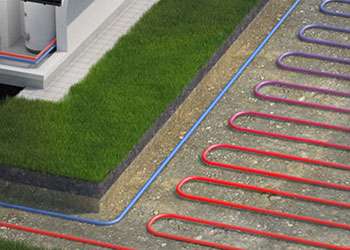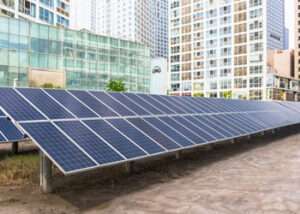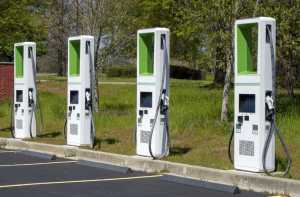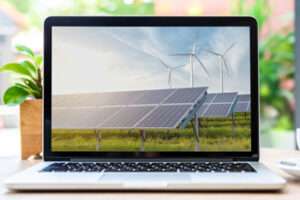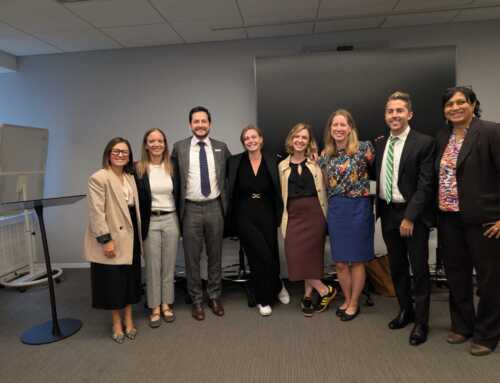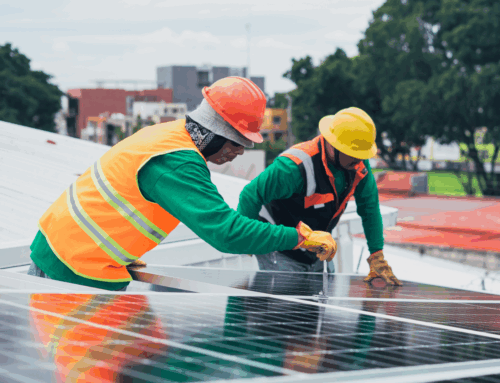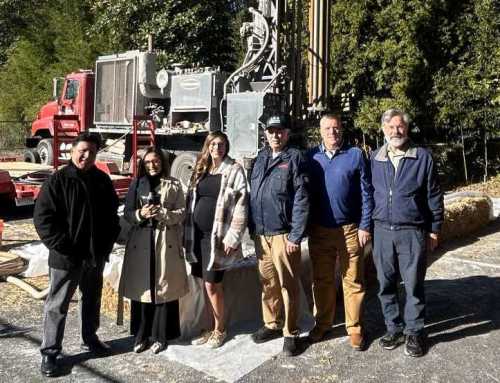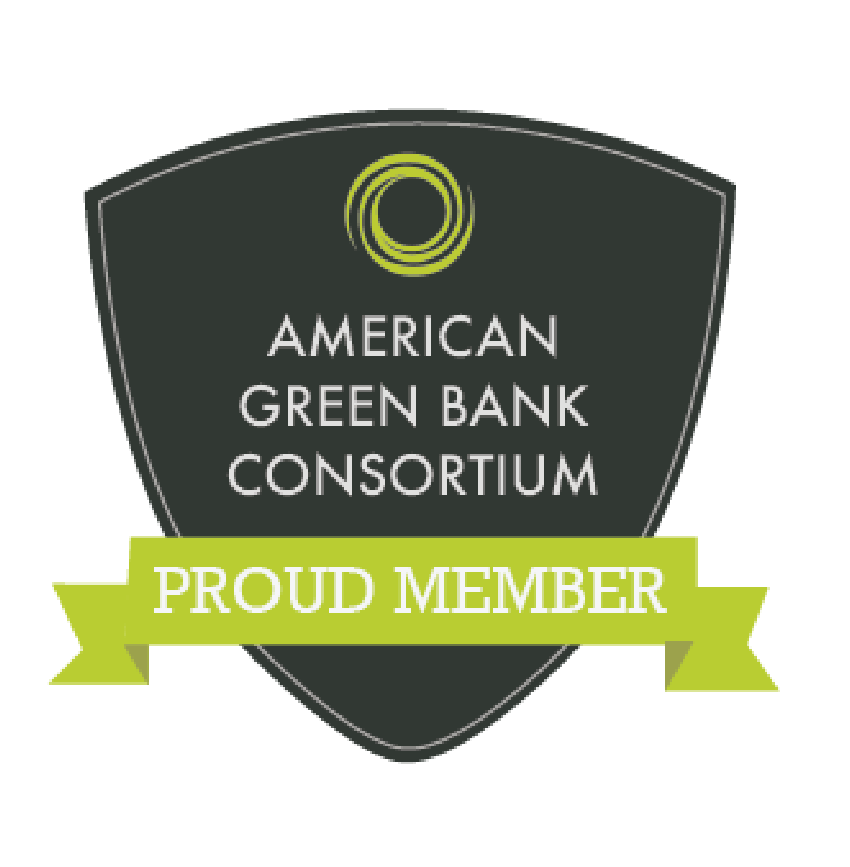Share This Post
There is no doubt that climate change is one of the most significant challenges of our time. It’s impacting ecosystems, economies, and communities globally, and there is a growing need to move toward a more sustainable and resilient future.
Through clean energy financing, we’re committed to facilitating this transition by providing the financial support necessary to develop and expand clean energy solutions. Clean energy financing is crucial in reducing carbon emissions, enhancing energy security, and building climate resilience.
In this blog, we explore how clean energy financing can make a difference in our collective efforts toward a more sustainable future.
While this blog refers specifically to energy resilience, at Montgomery County Green Bank, we’re also developing a strategy focusing on non-energy resilience and adaptation initiatives. Based on Montgomery County’s climate risk assessment, these efforts include addressing water management – such as flood mitigation and stormwater management – health concerns like extreme heat exposure and implementing nature-based solutions and green stormwater infrastructure to mitigate climate impacts.
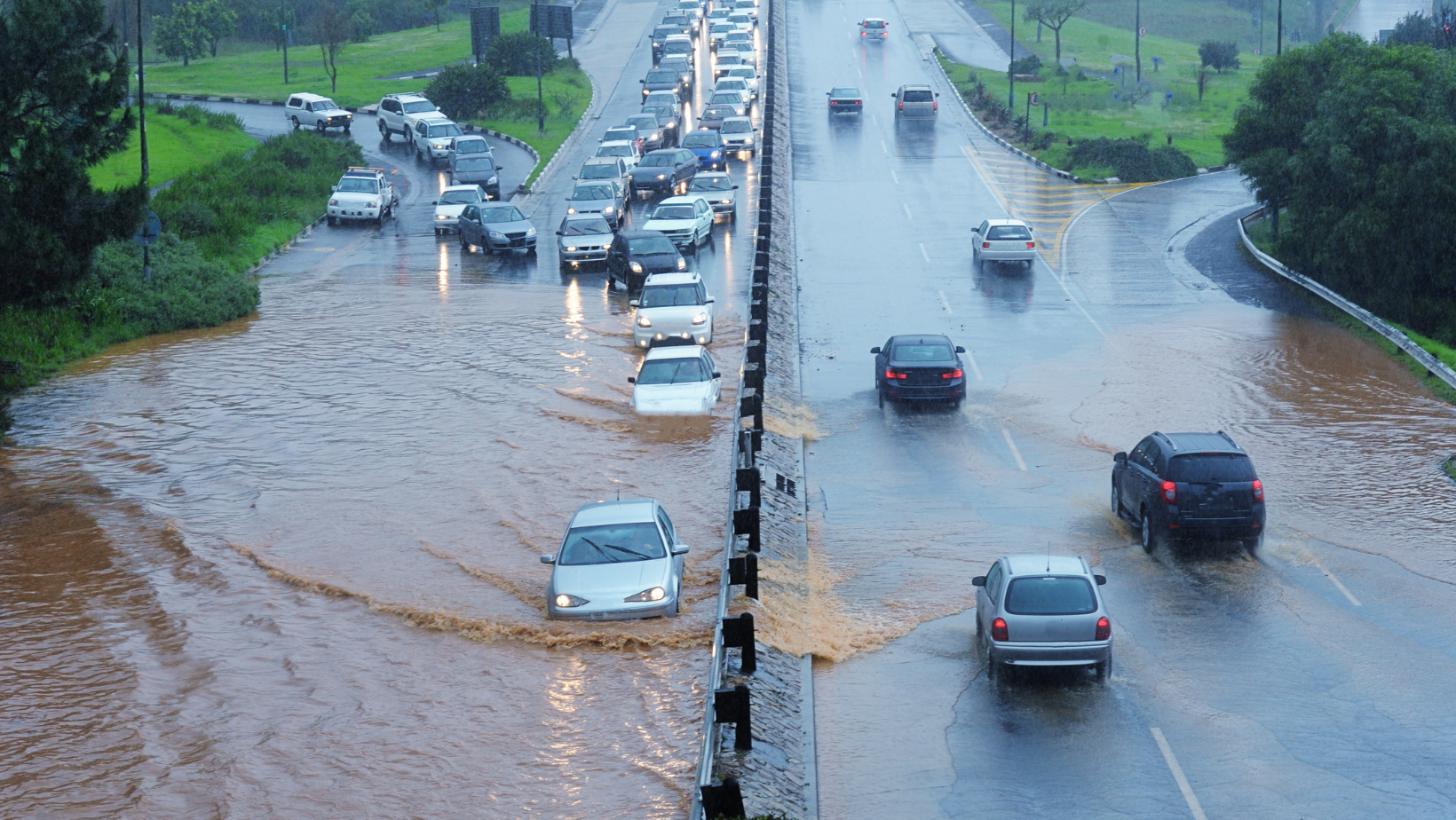
The Role of Clean Energy in Combating Climate Change
Renewable energy sources such as solar, wind, hydro, and geothermal are essential in reducing the global carbon footprint. Unlike fossil fuels, these clean energy sources produce minimal greenhouse gas emissions.
To fully maximize their impact and ensure long-term effectiveness, it’s important to consider non-energy resilience factors like flood mitigation and protection against extreme temperatures.
Renewable energy and energy efficiency systems can be vulnerable to climate impacts if not designed with these challenges in mind. By integrating both clean energy and non-energy resilience strategies, we can create a more robust, climate-resilient infrastructure that
mitigates the severe impacts of climate change.
This shift requires substantial investment and a strategic approach to financing renewable energy projects. This is where the support of institutions like the Green Bank becomes invaluable.
What is Clean Energy Financing?
Clean energy financing refers to the funding and investment provided to support the development and implementation of renewable energy and energy efficiency projects.
The Green Bank offers residential and commercial financing programs to improve energy efficiency or install renewable energy systems on your property. By offering various financial products—including loans, grants, and public-private partnerships—clean energy financing makes these projects more economically viable and accessible, fostering the adoption of sustainable energy solutions while enhancing energy resilience.
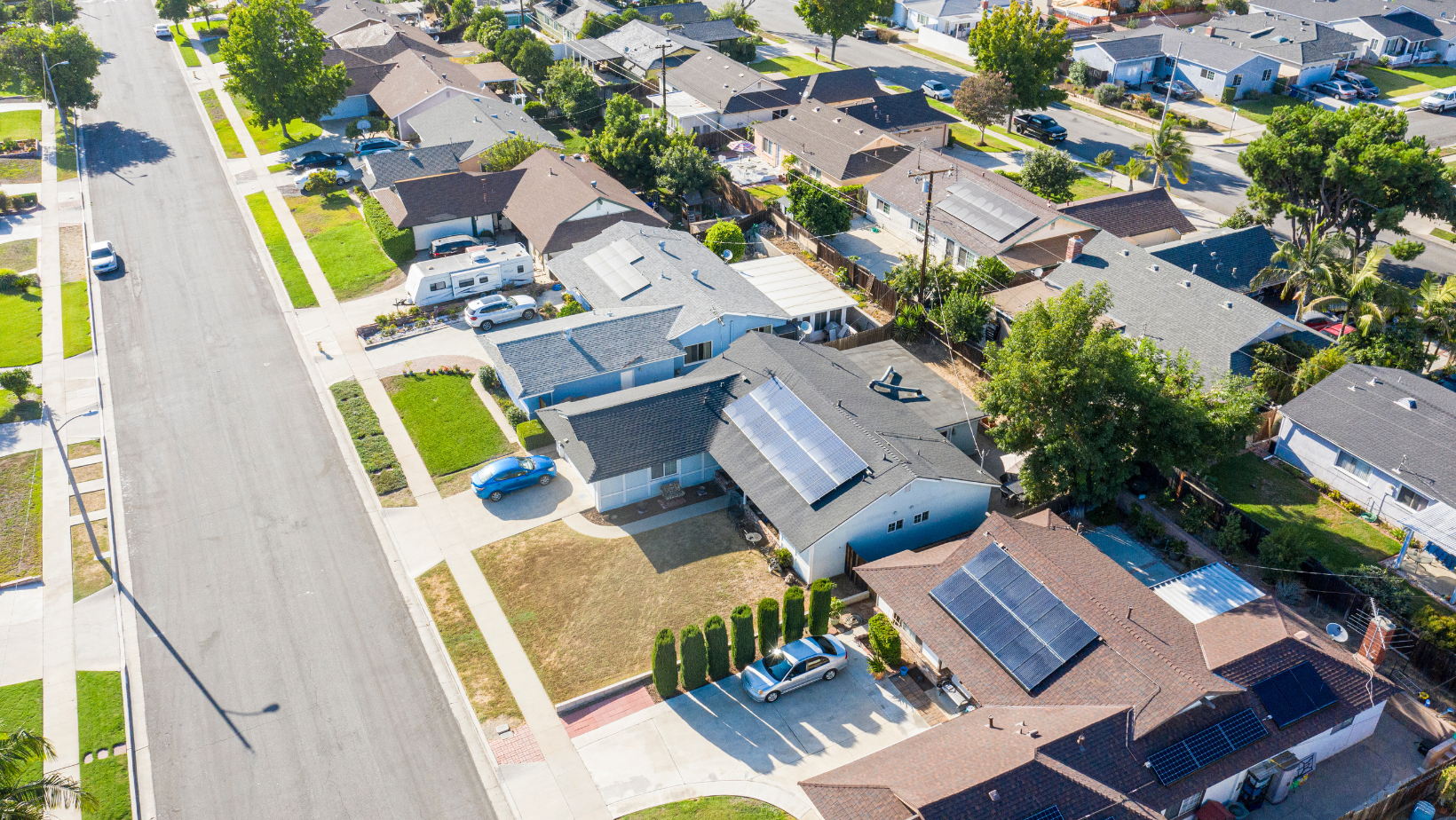
7 Ways that Clean Energy Financing is Improving Energy Resilience and Sustainability
1. Empowering Local Communities
At Montgomery County Green Bank, we recognize the importance of empowering communities to adopt clean energy solutions, such as community solar projects, which provide affordable access to renewable energy for households and businesses without needing individual installations. These projects enhance energy resilience by reducing dependence on the main power grid, which is often vulnerable to disruptions from extreme weather events.
We also offer options with no out-of-pocket costs for installing EV infrastructure, making it easier for businesses and communities to support electric vehicle adoption and contribute to a clean transportation network.
By financing these renewable energy projects, we promote sustainable development, providing communities access to clean, affordable, and reliable power. This not only helps maintain access to energy during emergencies but also enables residents and businesses to actively reduce their carbon footprint, contributing to a more equitable and resilient future.
2. Encouraging Innovation and Adaptability
Access to clean energy financing encourages the innovation necessary to make renewable energy technologies more efficient and reliable. For example, advances in battery storage enable the effective storage of renewable energy, ensuring a consistent power supply regardless of weather conditions. By investing in such technologies, Montgomery County Green Bank supports creating more adaptable and resilient energy systems that can meet the evolving challenges posed by climate change.
3. Building Energy-Resilient Infrastructure
Financing from institutions like the Green Bank can be directed toward creating and maintaining climate-resilient energy infrastructure. This includes investing in renewable energy systems designed to withstand extreme weather, such as solar installations engineered to endure severe storms. Such investments ensure a reliable power supply in the face of increasing climate variability, helping to secure energy for critical services when they are needed most.
4. Decentralizing Energy Systems
Clean energy financing supports the development of decentralized energy systems, such as resiliency hubs. Decentralized energy systems enhance climate resilience by reducing dependency on large, centralized power grids, which are often vulnerable to extreme weather events. In natural disasters or grid failures, decentralized systems, with battery backups, can continue to power critical infrastructure, such as hospitals and emergency services, thereby improving a community’s ability to withstand and recover from climate-related disruptions.
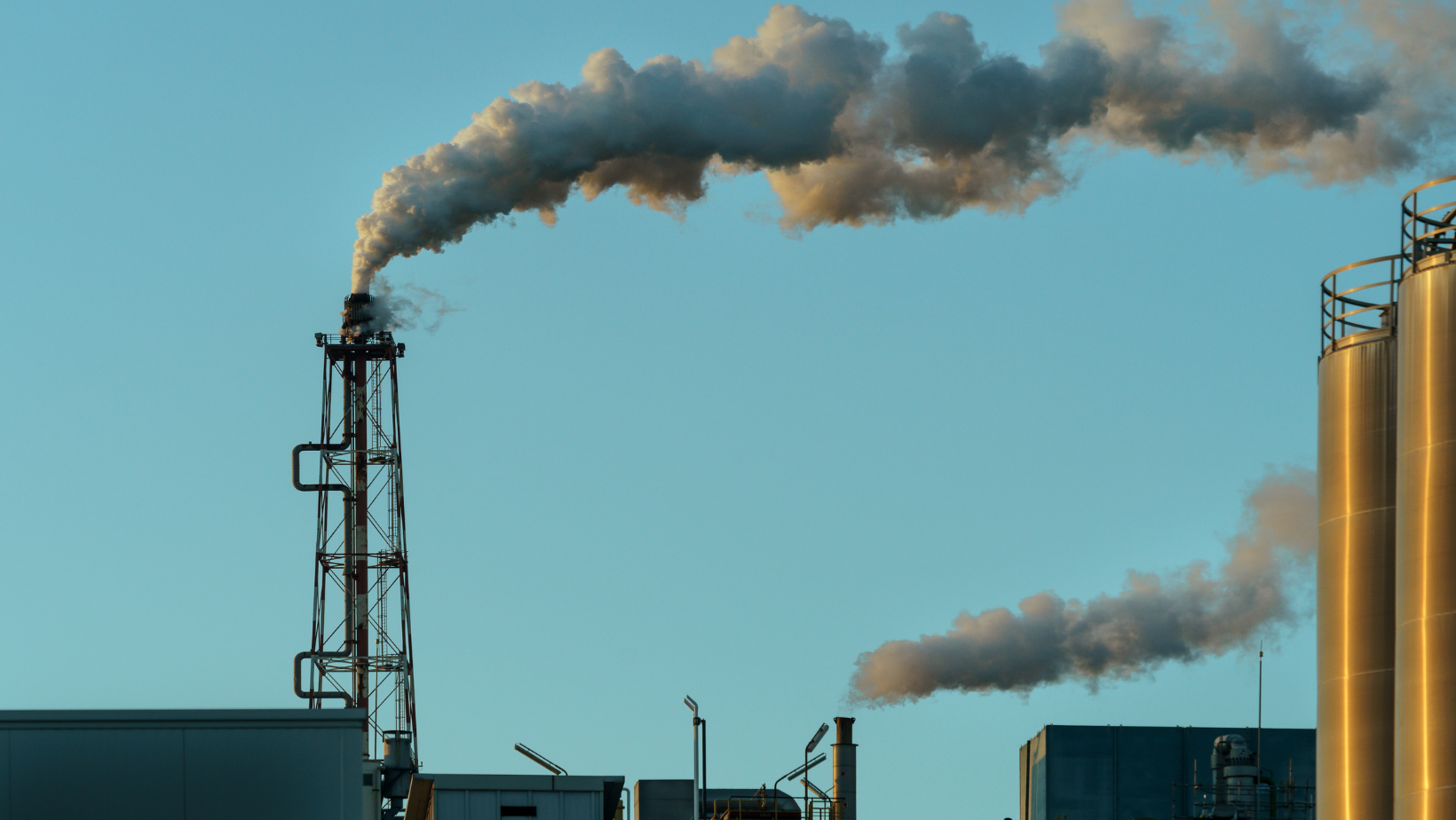
5. Lowering Carbon Emissions for a Greener Future
One of the most direct benefits of clean energy financing is the significant reduction of carbon emissions. By funding renewable energy projects, we help reduce reliance on carbon-intensive fossil fuels. This not only contributes to a healthier environment but also aligns with Montgomery County’s climate goals, leading to cleaner air and a reduced risk of health issues associated with pollution.
6. Fostering Economic Growth and Creating Jobs
Clean energy financing is not just about environmental benefits; it also drives economic growth. The renewable energy sector offers numerous job opportunities in manufacturing, installation, and maintenance. By providing the necessary capital for these projects, we are proud to support the growth of a green economy, contributing to local job creation and a more sustainable economic future.
7. Preserving Our Natural Resources
By financing projects that harness renewable sources like solar, we help reduce the strain on finite natural resources such as coal, oil, and natural gas. This preservation of resources not only benefits the environment but also ensures that future generations can enjoy a stable and healthy ecosystem. Our commitment to clean energy financing is a commitment to safeguarding the natural beauty and resources of Montgomery County.
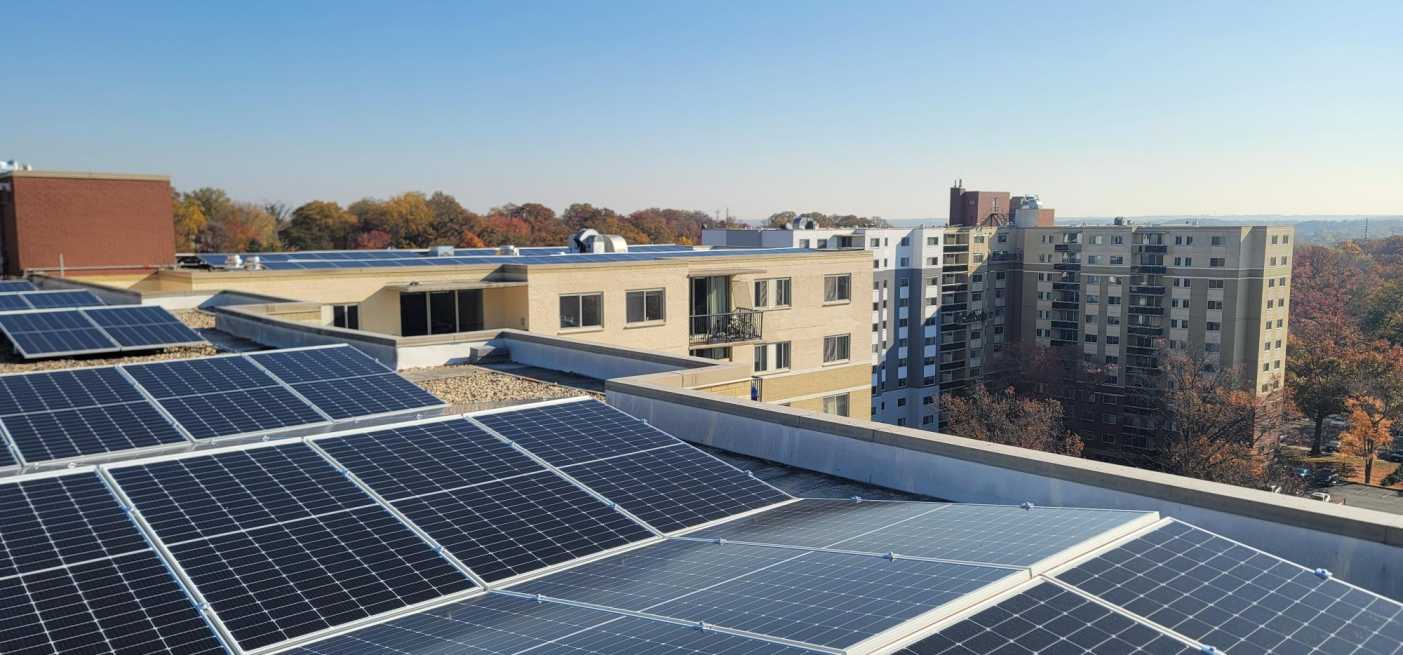
The Future of Clean Energy Financing with Montgomery County Green Bank
Clean energy financing is a powerful tool for improving energy resilience and promoting sustainability. By providing the necessary funding to develop and expand renewable energy solutions, Montgomery County Green Bank is helping to reduce carbon emissions, foster economic growth, and build resilient communities. We invite you to join us on this journey towards a cleaner, greener future – because together, we have the power to make a lasting impact.
To learn more about implementing energy-efficient solutions in your community, email us at info@mcgreenbank.org.


